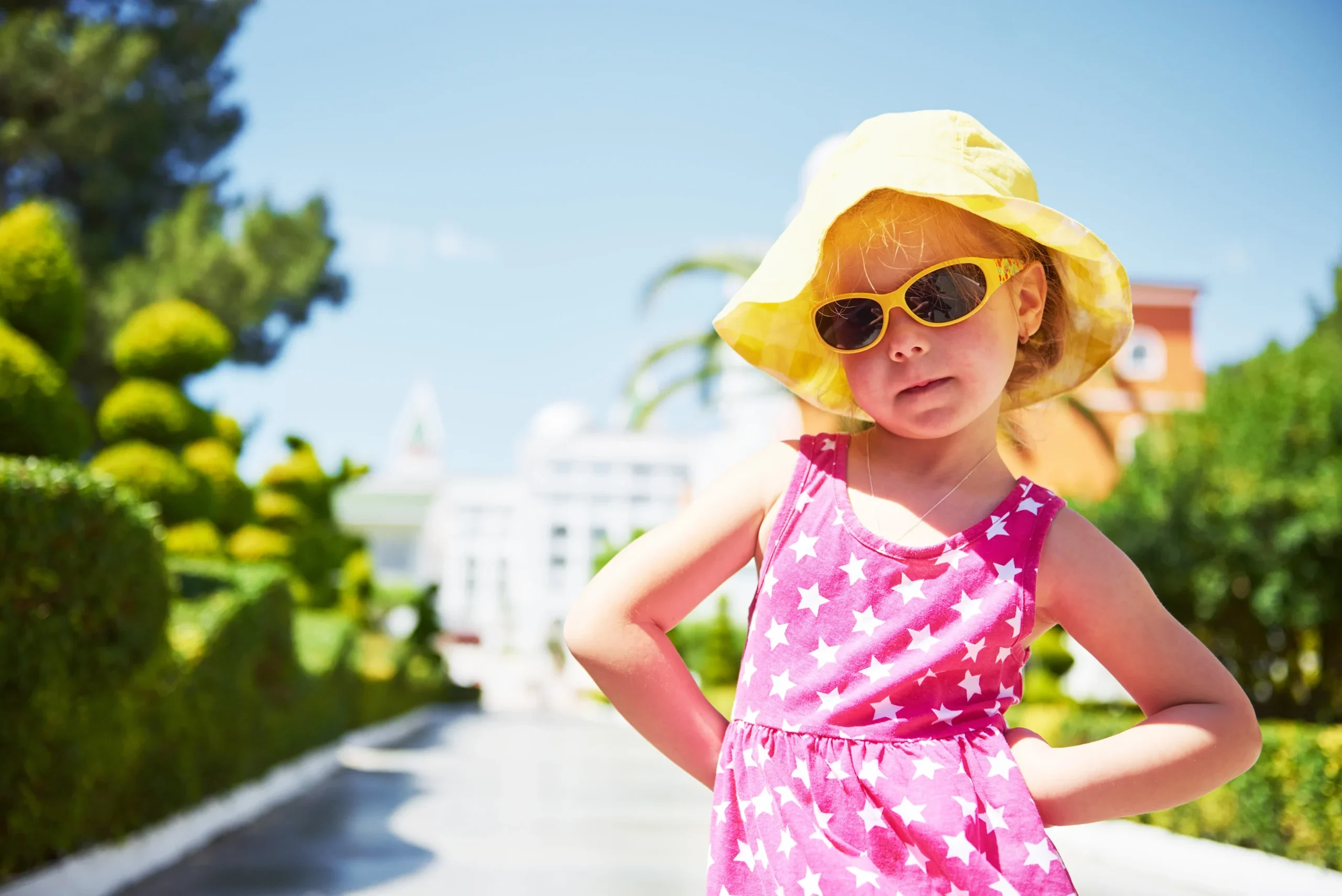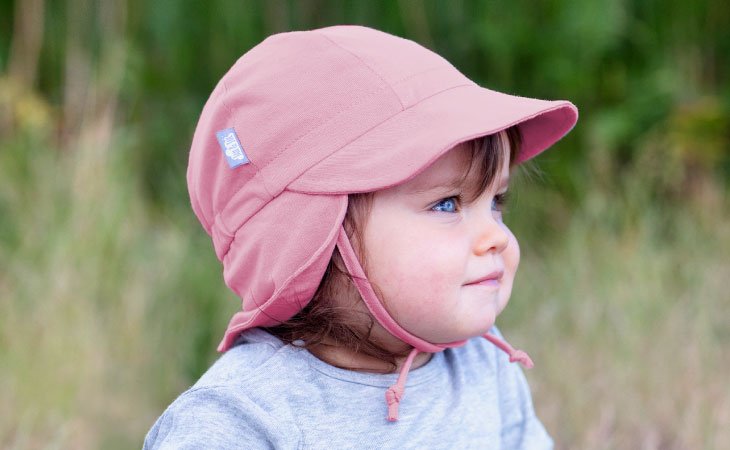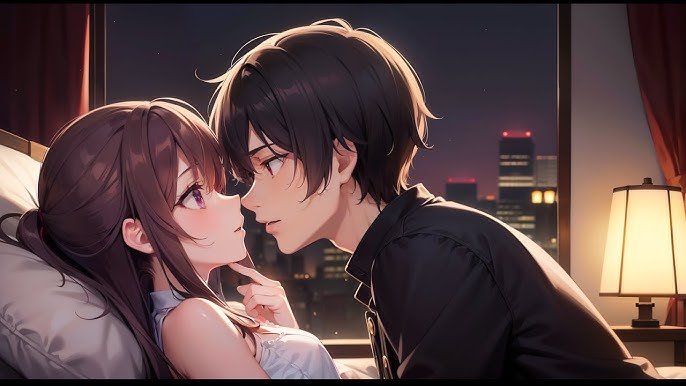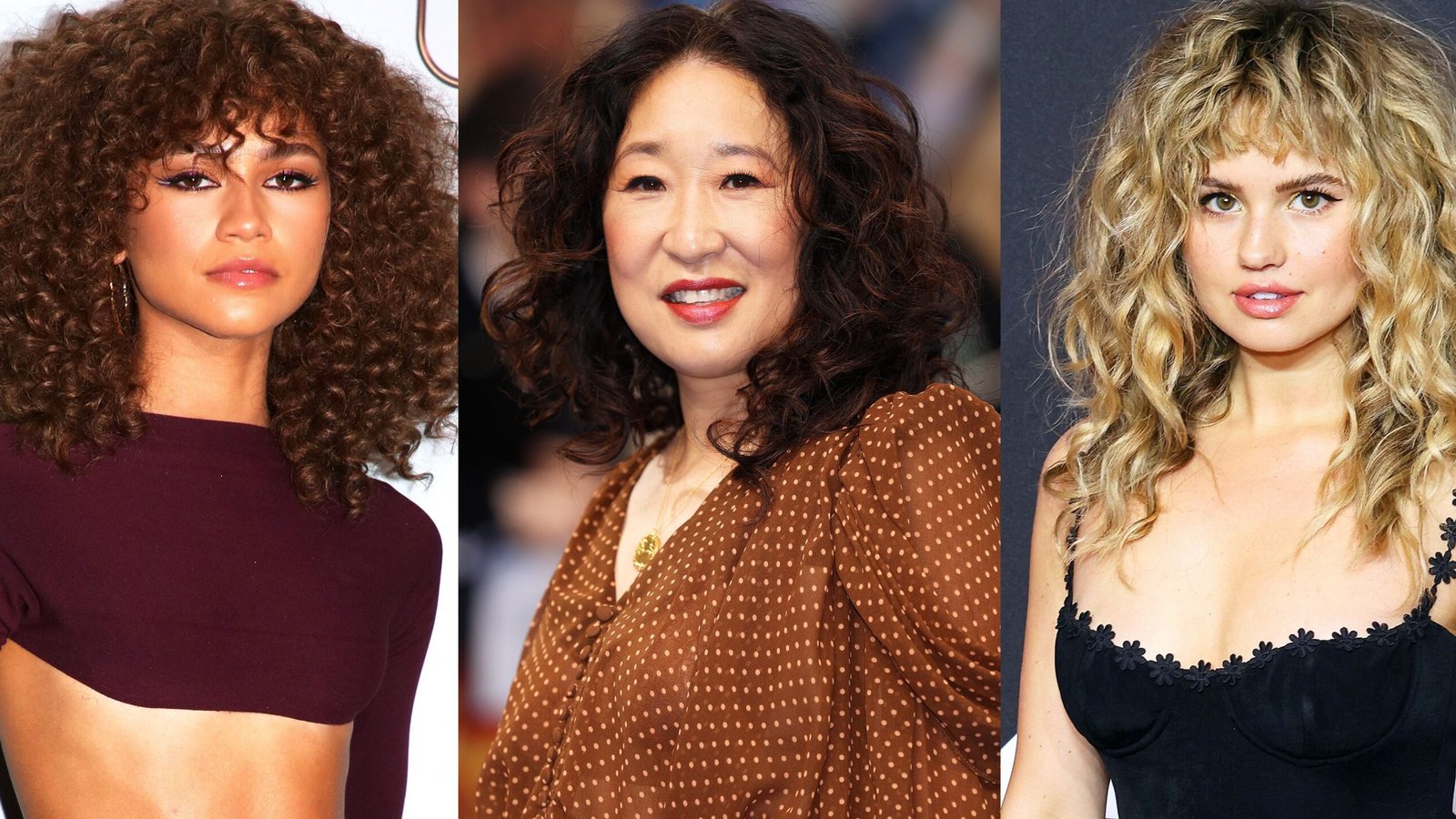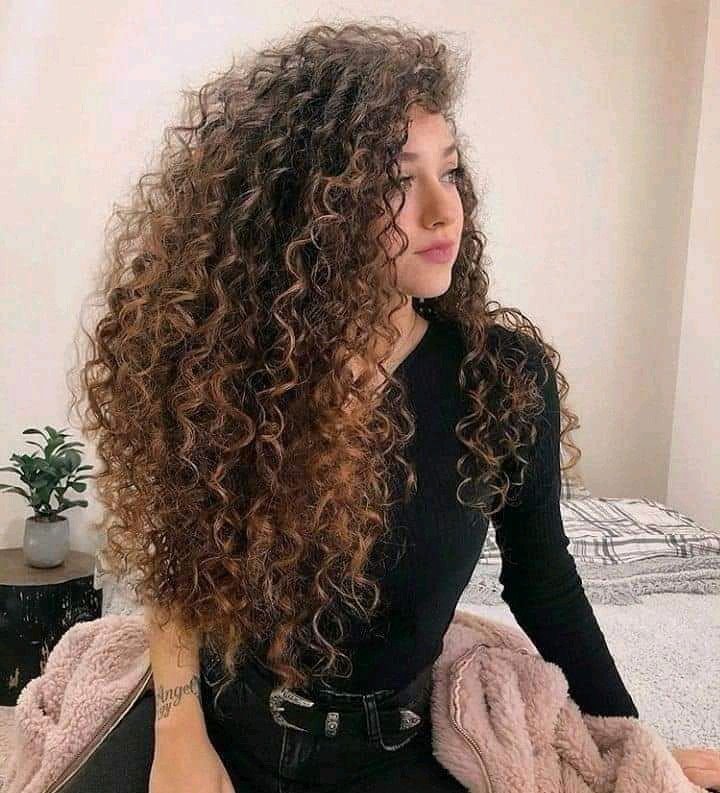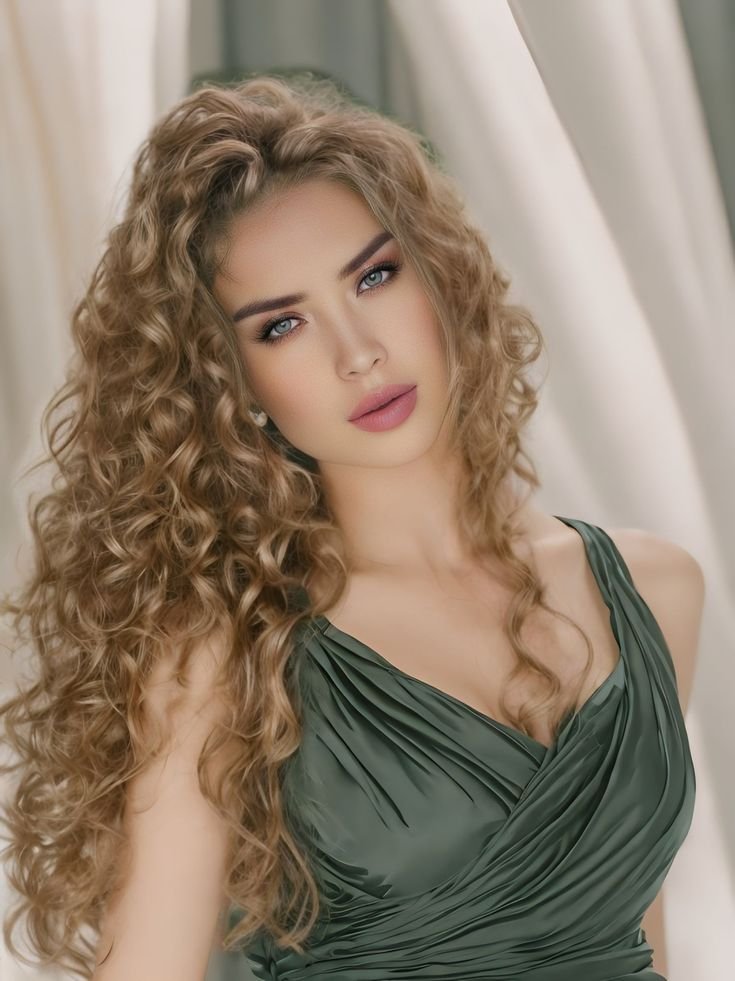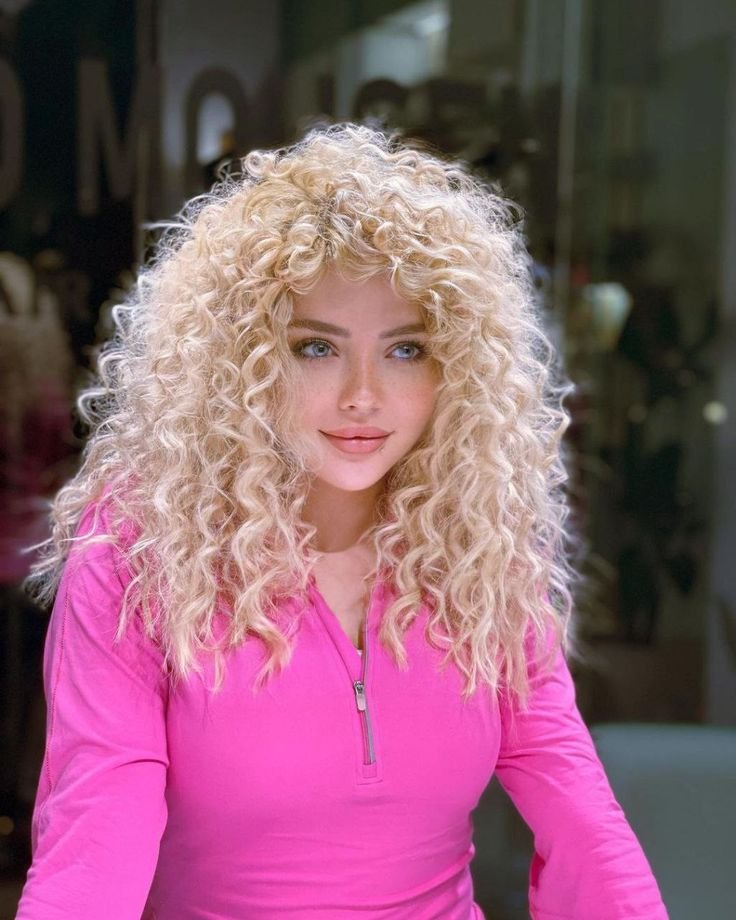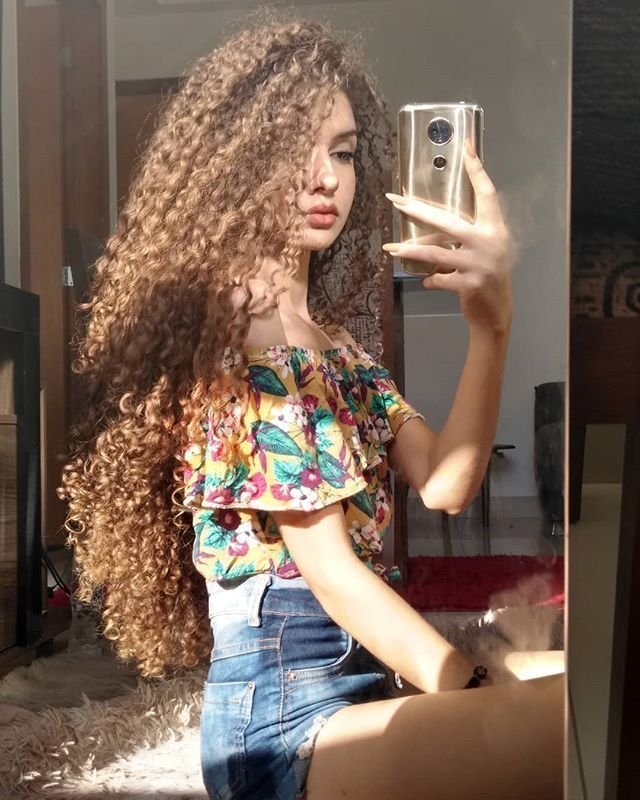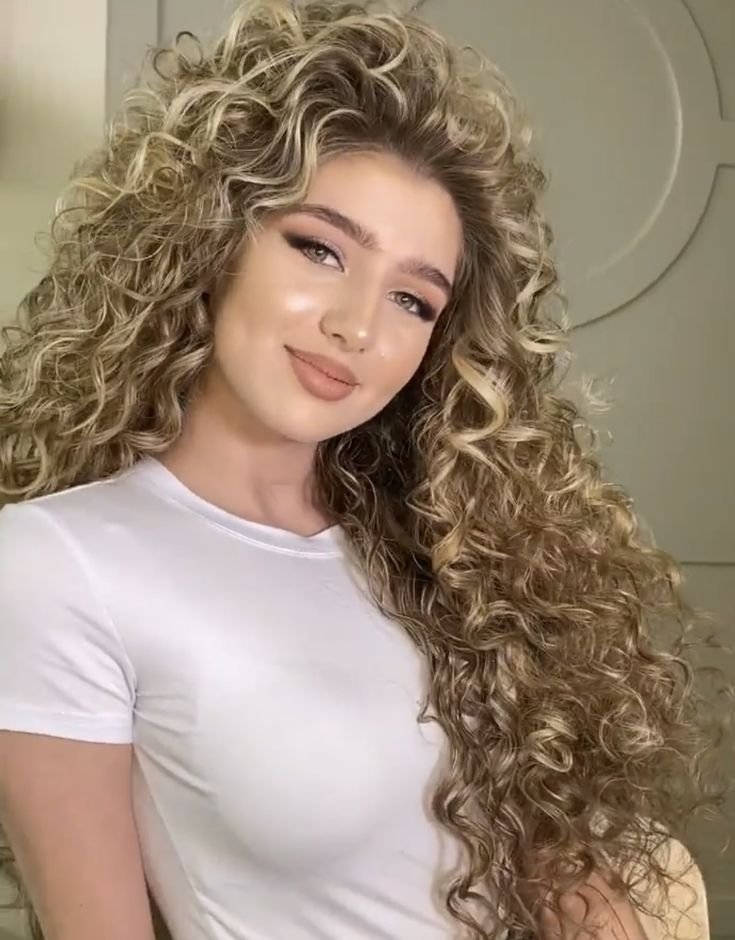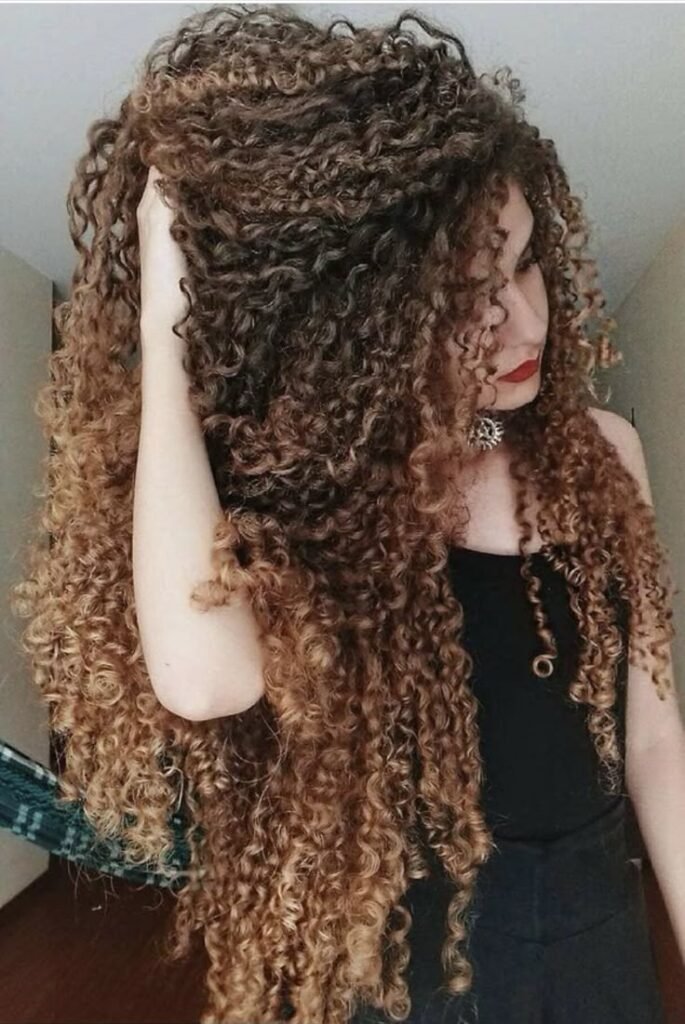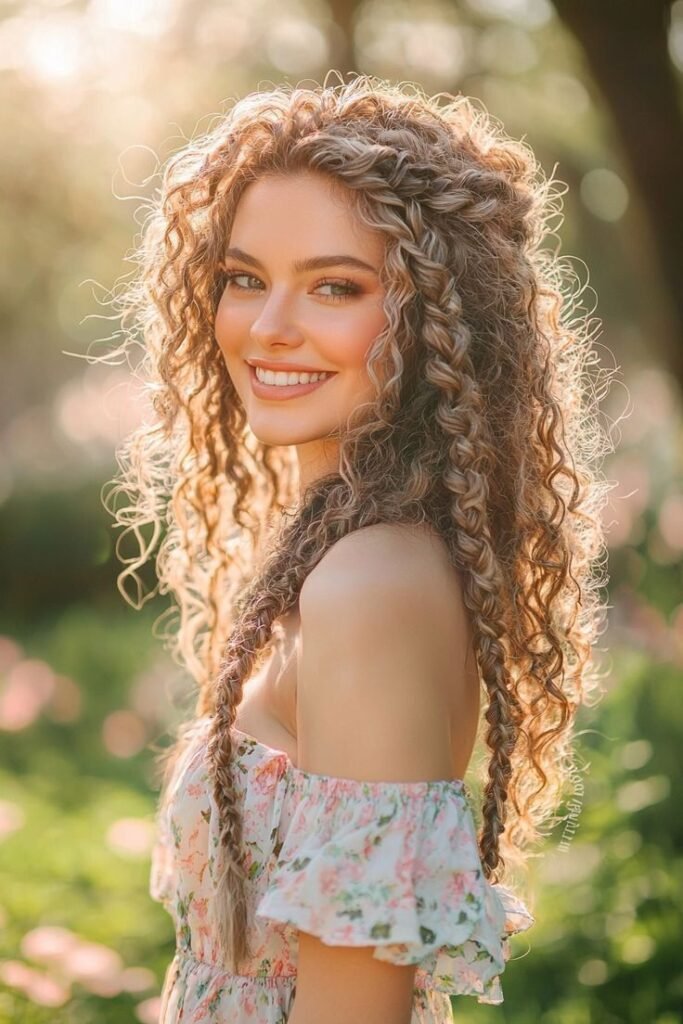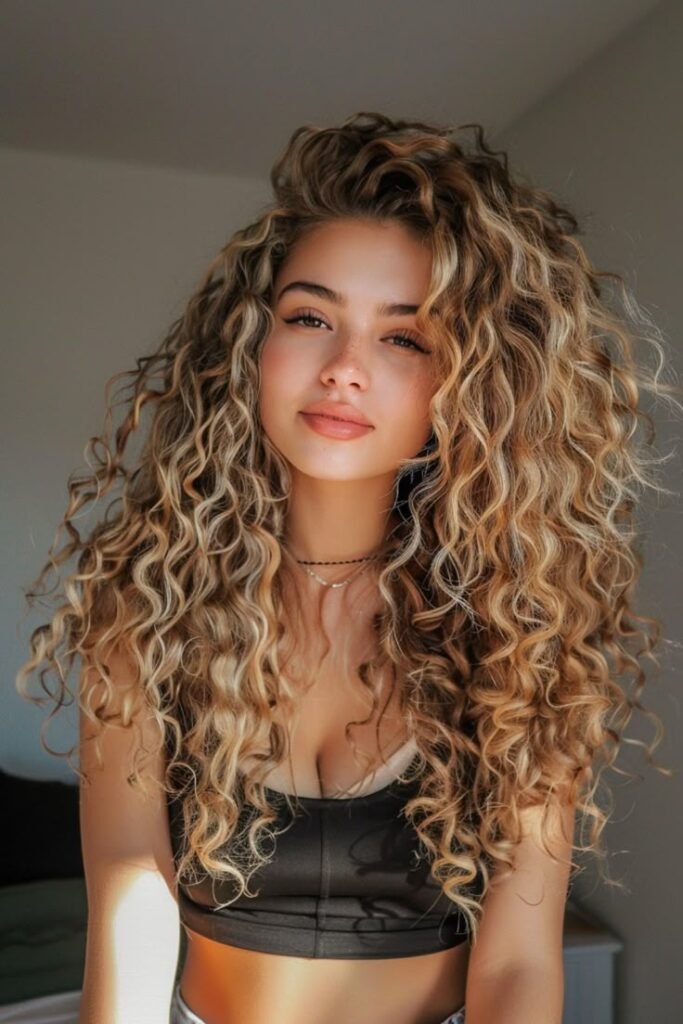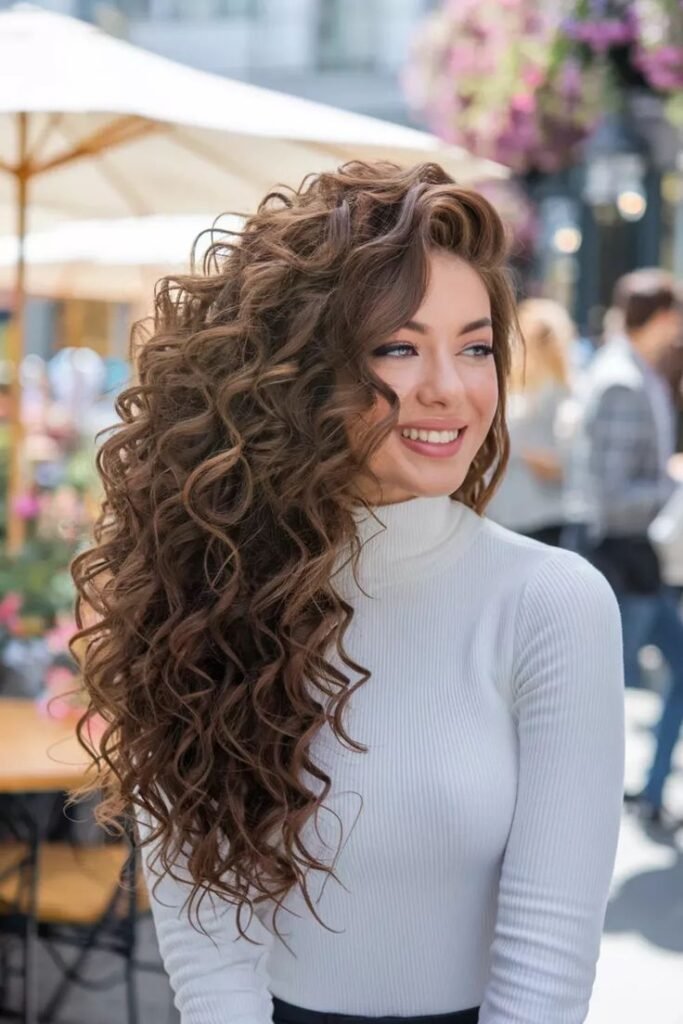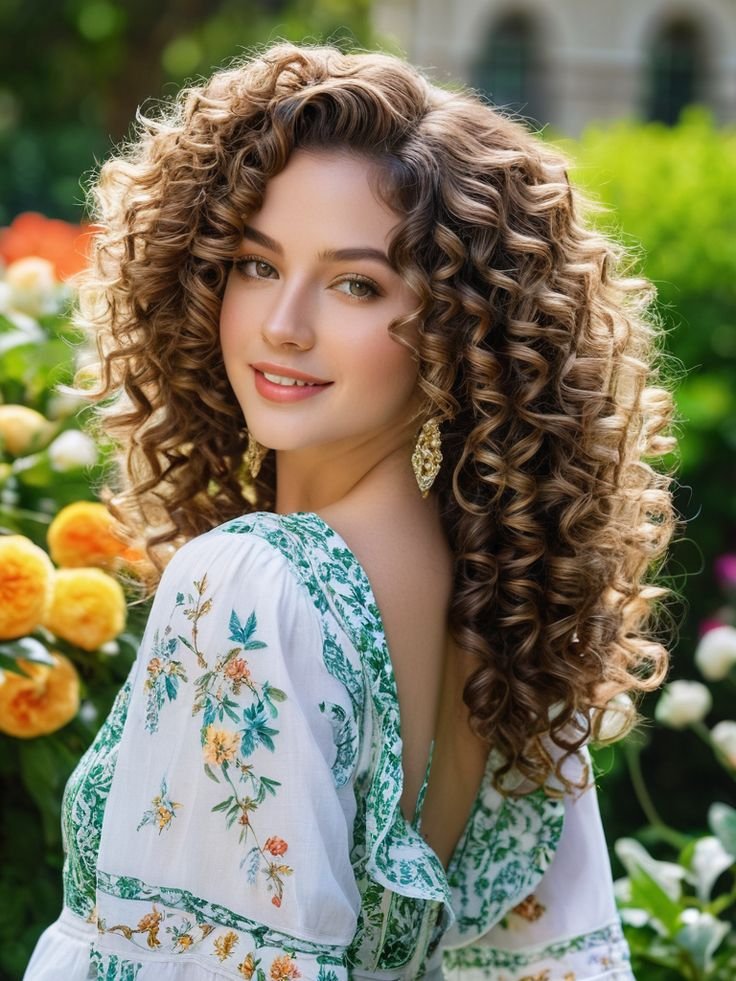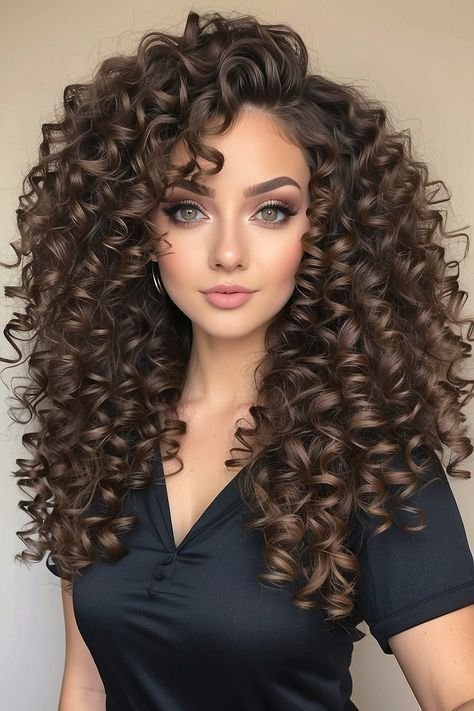Curly hair isn’t simply a way your strands grow—it’s an identity, a symbol of individuality, and a journey that touches both physical beauty and emotional depth. Each coil, wave, or kink is a testament to uniqueness, and the variations in curl patterns are as diverse as the people who wear them. Whether it’s voluminous and wild or soft and defined, curly hair holds a magnetic charm that makes it both iconic and unforgettable.
Understanding the Science Behind Curls
Curls are not just random waves or loops; they are the result of biology and structure. The follicle shape plays a critical role in how hair grows. Straight hair tends to emerge from round follicles, whereas curly hair arises from oval or elliptical follicles. This unique structure affects not only how the hair appears but also how it behaves in response to external factors such as humidity, friction, and styling products.
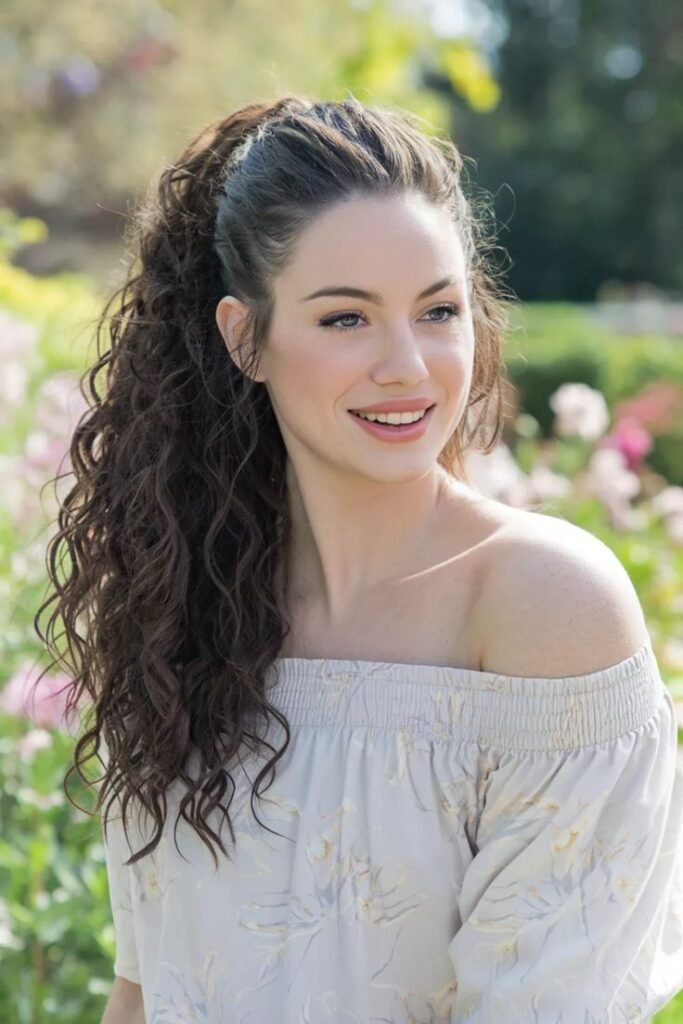
Furthermore, the twists and turns of curls create natural bends in the hair shaft, making it more prone to dryness and breakage. Sebum, the natural oil produced by the scalp, has a harder time traveling down the lengths of curly hair, which is why curls often require more hydration and targeted care than straighter hair types. Understanding these structural traits helps in embracing the proper care regimen that curly hair demands.
The Emotional Connection with Curly Hair
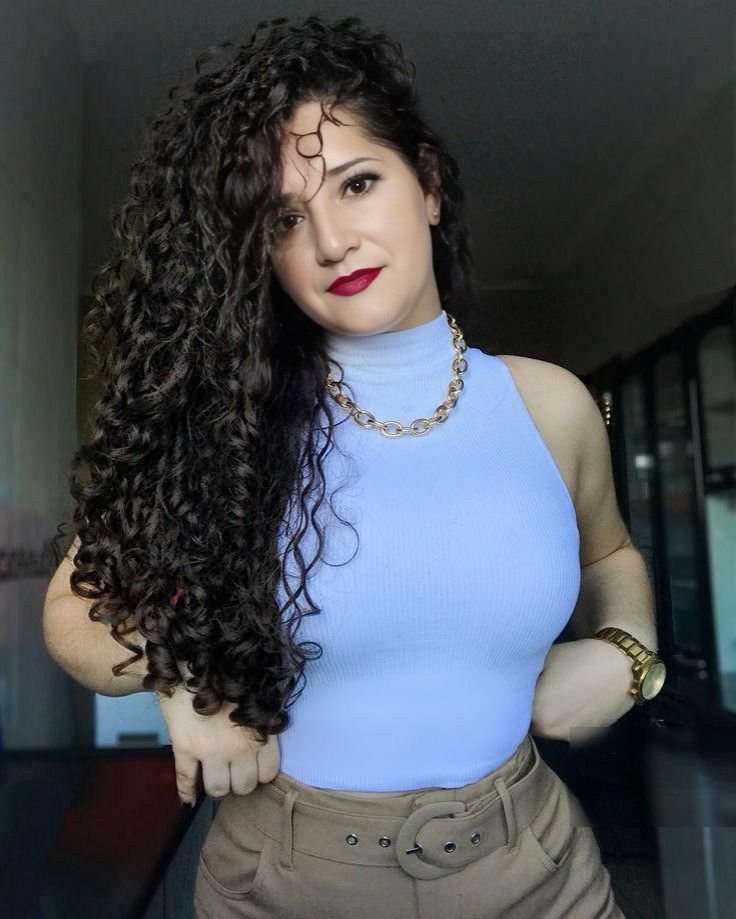
Curly hair has long been tied to emotion and personal identity. For many people, especially those from ethnic or mixed-race backgrounds, curls are not just hair—they’re a cultural feature deeply connected to heritage and ancestry. Unfortunately, society hasn’t always been kind to curls. For decades, straight hair was pushed as the standard of beauty in mainstream media, leaving those with textured hair feeling pressured to alter their natural appearance.
The emotional journey of curly-haired individuals often includes memories of frustration during childhood, pressure to conform during adolescence, and finally, the liberation that comes with embracing their texture as adults. For many, the moment they stop using flat irons or chemical relaxers marks the beginning of not only a new hair journey but also a reclaiming of identity.
This shift has been echoed in global conversations about representation and self-worth. The growing popularity of natural hair movements has provided a platform for people to celebrate their curls, reject Eurocentric beauty norms, and reframe their natural texture as something powerful and worthy of visibility.
The Curly Hair Renaissance in Pop Culture
There was a time when curly hair was rarely seen on runways, magazine covers, or film sets unless it was carefully styled to appear more palatable. However, the beauty industry and entertainment sectors have gradually shifted, with more celebrities and public figures choosing to showcase their natural curls.
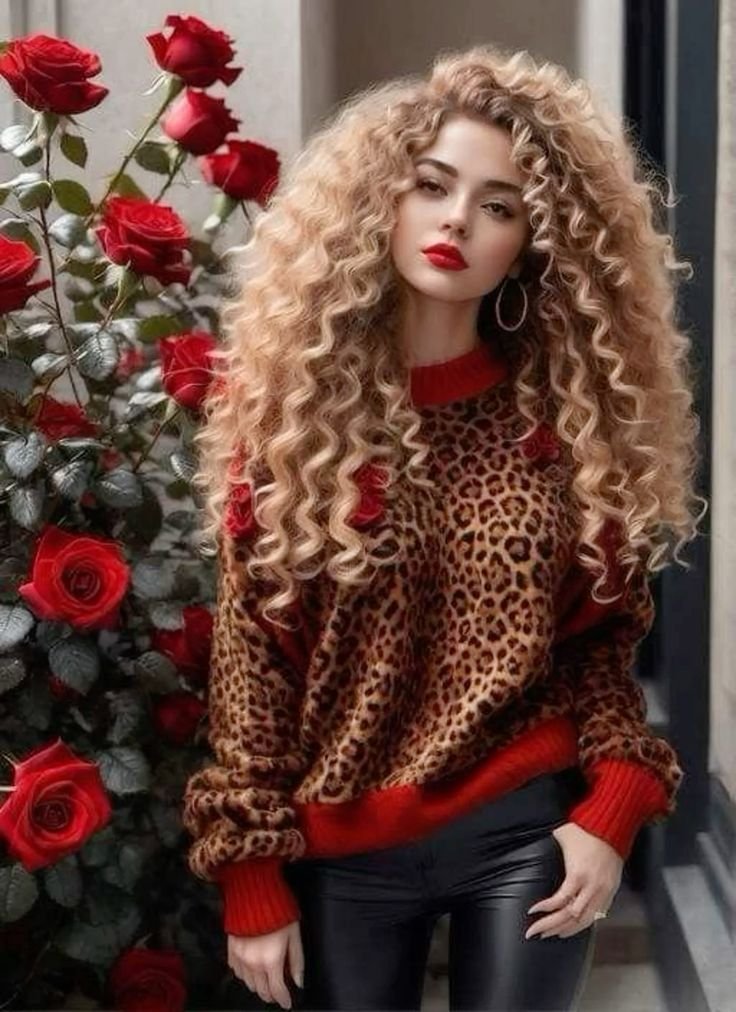
From the red carpets of Hollywood to the covers of fashion magazines, curls are now being embraced for their raw, unfiltered charm. Celebrities like Tracee Ellis Ross, Lupita Nyong’o, and Zendaya have become icons of natural beauty by wearing their curls with pride. These women have not only normalized natural hair but elevated it, proving that curls can be glamorous, sophisticated, and professional.
This representation in pop culture has sparked a larger cultural acceptance and has encouraged individuals around the world to embrace their curls. More than just a fashion statement, curly hair is now viewed as a reflection of confidence, self-love, and cultural authenticity.
Curly Hair Care: A Ritual of Self-Respect
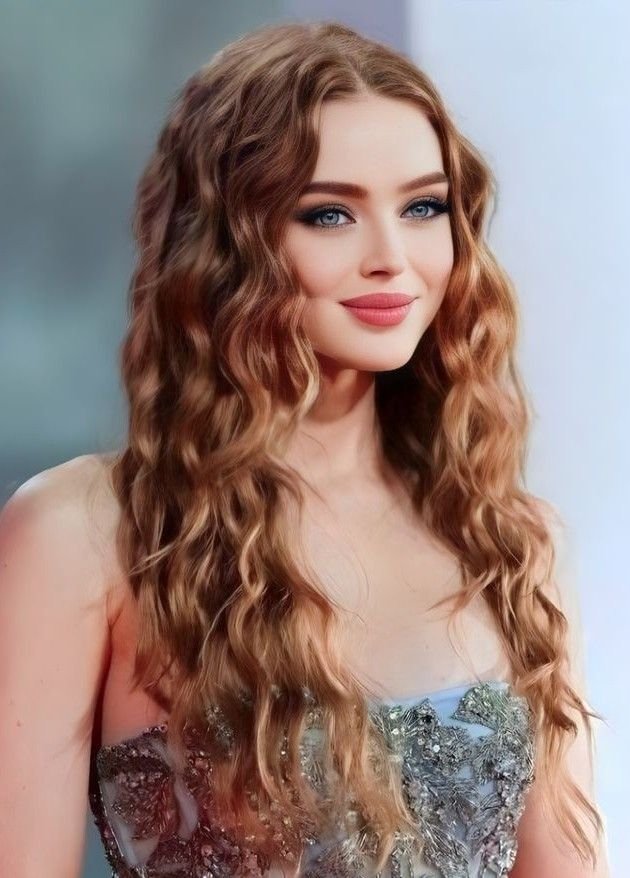
Taking care of curly hair is not just about following a trend—it’s a ritual that requires understanding, patience, and consistency. Unlike straight hair that may need only minimal upkeep, curls demand a more personalized approach. This often means experimenting with products, routines, and techniques to find what suits one’s unique texture.
Hydration is key in curly hair maintenance. Because curls naturally struggle with dryness, many rely on rich conditioners, deep treatments, and gentle shampoos. Protective styling, finger detangling, and satin or silk fabrics are also essential components of a successful curly hair routine. But beyond the products and methods lies a deeper truth: caring for curly hair is a form of self-respect.
Redefining Professionalism and Beauty Standards
One of the most uplifting aspects of the curly hair movement is the sense of community it has created. The internet, particularly social media platforms like Instagram, TikTok, and YouTube, has become a haven for curly-haired individuals seeking guidance, support, and inspiration.

Additionally, the rise of independent curly hair product brands has been fueled by this digital empowerment. Small businesses started by curl enthusiasts are thriving, offering products formulated with care, understanding, and experience. This democratization of beauty is helping to diversify an industry that was once largely exclusive.
The Cultural Legacy of Curly Hair

Curls are not a trend—they’re a legacy. For centuries, curly hair has played an integral role in cultural practices, social identity, and spiritual beliefs. In many Indigenous and African cultures, hair is more than just appearance—it’s a symbol of life, power, and storytelling. Hairstyles indicated age, social status, tribe, and even marital status.
This cultural significance has not faded with time. Many people today wear their curls as a badge of pride, honoring the resilience of their ancestors and the richness of their heritage. In doing so, they bridge the gap between past and present, ensuring that the beauty of natural hair remains alive and celebrated.
Looking Ahead: A Future Powered by Texture
The future of beauty is textured. The once-narrow standards that dominated fashion and media are being dismantled, and in their place is a growing appreciation for what is real, raw, and diverse. Curly hair, once seen as too wild or too much, is now being celebrated as powerful and beautiful.
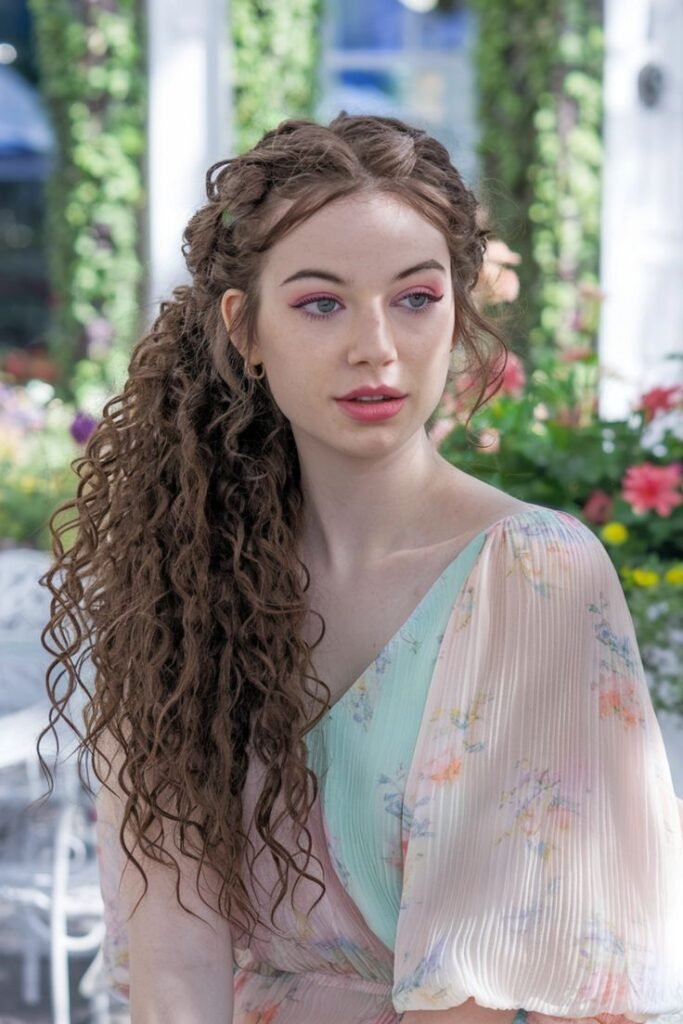
The evolution of curly hair representation is not just about aesthetics—it’s about freedom. It’s the freedom to be yourself, to walk into any room with confidence, and to be admired for your authenticity. As the world continues to expand its understanding of beauty, curls will continue to rise—not as a rebellion, but as a rightful place in the story of self-expression.

